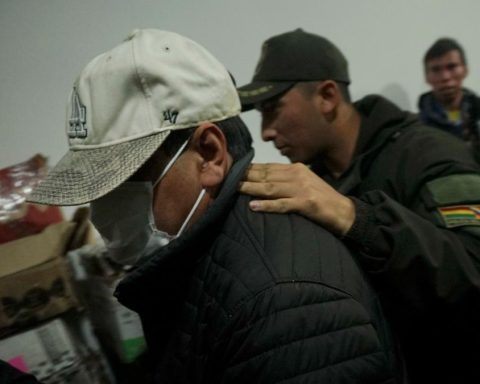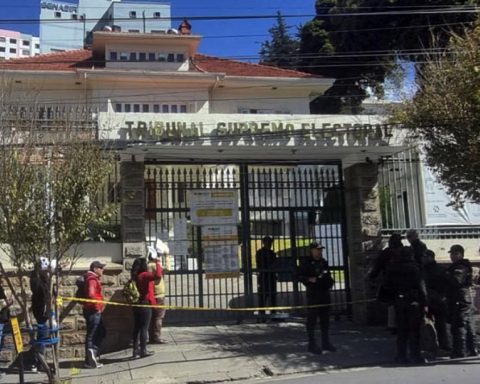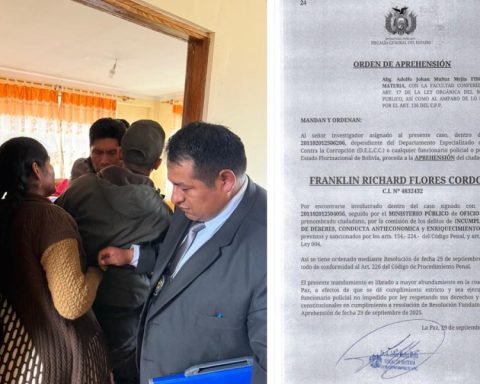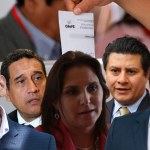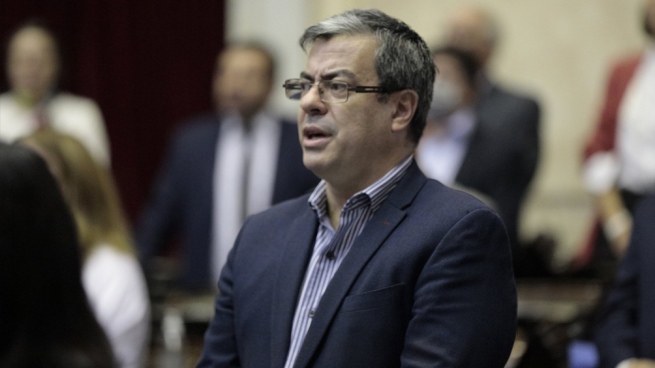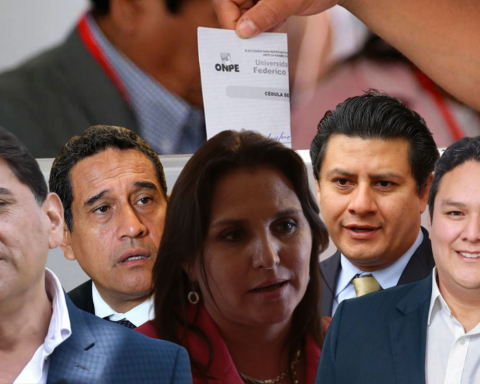Page Seven Digital
The mayor of La Paz, Iván Arias, announced this Sunday that he will convene a meeting of the Municipal Emergency Operations Committee (COEM) in the coming days, to, in that scenario, propose that the use of the chinstrap be stopped in open places, In addition to analyzing the restrictions in force since last February, due to the Carnival.
“We are going to convene a COEM this week, we are going to raise the need not to use the mask, we are already thinking, everything depends on the organizations between Tuesday and Thursday of this week, but we are going to convene it because we have to see what What do we do with the restrictions, what do we also do with other types of diseases that we have to face,” Arias told reporters, citing an institutional bulletin.
You can also read: The carnival bill: cases rise in six regions
However, Arias specified that the Scientific Committee of the Mayor’s Office of La Paz will suggest in which spaces chinstraps should still be used.
“It basically depends on our study that we have had this week, in a meeting with the Scientific Committee, and we could have the following variable, for example: in open places not to use the mask, but in closed environments, which is what they initially recommended to us. “, said.
According to the Municipal Secretariat of Comprehensive Health and Sports, the population of La Paz over 18 years of age was 100% vaccinated (even people from neighboring municipalities were treated) with the first dose, with two and the complete schedule.
While, until March 11, 64% of the school population, in the municipality of La Paz, was already protected from Covid-19.
Arias affirmed that in terms of vaccination “we are very well”, in relation to other municipalities in the capitals of the department, and said that it is the result of inoculation at mobile points, in the five municipal hospitals: La Portada, Cotahuma, Los Pinos, La Merced and La Paz, now also in educational units.
According to the Municipal Secretary of Comprehensive Health and Sports, the fourth dose is given to older adults, people with underlying or chronic diseases and health personnel, after at least four months have passed since the third dose.

